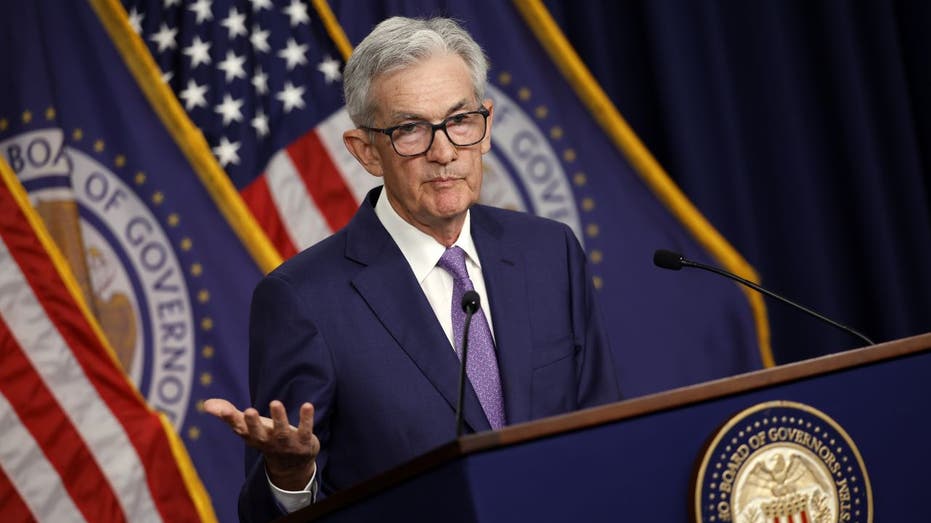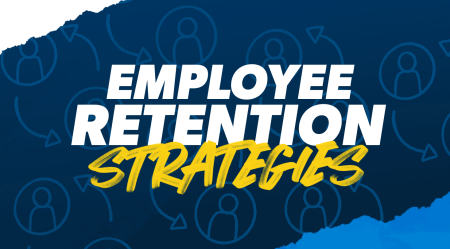The Federal Reserve is widely expected to lay the groundwork for a September interest-rate cut at the conclusion of its meeting on Wednesday, offering some reprieve to Americans who have been squeezed by sky-high borrowing costs.
Lower interest rates could ding savers, but borrowers would likely face smaller debt payments on everything from credit cards to mortgages to student loans.
While the federal funds rate is not what consumers pay directly, it affects borrowing costs for home equity lines of credit, auto loans and credit cards. Higher rates have helped push the average rate on 30-year mortgages above 7% for the first time in years. Borrowing costs for everything from home equity lines of credit, auto loans and credit cards have also spiked.
In fact, housing affordability is as bad today as it was during the peak of the 2008 housing bubble thanks to the astronomical rise in mortgage rates.
FED’S POWELL SAYS OFFICIALS WON’T WAIT UNTIL INFLATION REACHES 2% TO CUT RATES
But if the Fed proceeds with a September rate reduction, that could help mortgage rates to shift lower, according to Jacob Channel, senior economist at LendingTree.
The Atlanta Fed’s Housing Affordability Monitor, which compares median home prices and other housing costs to median household income, indicates the median U.S. household would have to spend about 39.8% of its income to afford the median-priced house as of February, according to the index. While that marks an improvement from the end of 2023, it is still far lower than the typical pre-pandemic level.
“Cuts to the Fed’s target interest rate will probably mean lower mortgage rates,” Channel said. “That said, plenty of other factors, like what’s happening in the bond market, and what’s going on with inflation influence mortgage rates as well. This means we could see mortgage rates noticeably change while the Fed holds its target rate steady.”
Americans with credit card debt are also feeling the pinch from higher rates.
BOSSES ADMIT THAT RETURN-TO-OFFICE MANDATES WERE MEANT TO MAKE STAFF QUIT
Average interest rates on credit cards have already surged from 16% in February 2022, before the Fed began hiking rates, to 20.71% as of last Wednesday, according to a Bankrate database.
Even just a minor change in credit card rates can affect how much Americans owe.
For instance, if you owe $5,000 – which the average American does – current APR levels would mean it would take about 277 months and $7,723 in interest to pay off the debt making the minimum payments. By comparison, that same amount of debt would have taken 269 months and $6,126 to pay off when interest rates were lower.
Those rates are unlikely to fall substantially anytime soon, even if the Fed makes a 25-basis point cut in September.
“Absent a complete about-face from the economy, interest rates aren’t likely to come down soon enough, or fast enough, to provide meaningful relief to borrowers,” said Greg McBride, chief financial analyst at Bankrate.
INFLATION MEASURE CLOSELY WATCHED BY THE FED RISES 2.5% IN JUNE
There has also been a silver lining to higher rates for many consumers.
Most banks and credit unions raise their savings rates during periods of higher interest rates, making it a good chance for some Americans – particularly retirees living off of their savings – to earn more.

The national average banking savings rate hit 0.45% as of July 22, according to Bankrate, although rates are as measly as 0.01% at some of the biggest banks in the U.S. That marks a notable drop from the 0.58% savings rate at the start of May.
There’s another far more lucrative option: high-yield savings accounts, many of which are now paying between 4.2% and 5.27%, providing an option for consumers who are seeking a lower-risk return. Savers can open an online high-yield savings account, but they should make sure the bank is insured by the Federal Deposit Insurance Corporation (FDIC).
GET FOX BUSINESS ON THE GO BY CLICKING HERE
There are now more than two dozen nationally available savings and money market deposit accounts from FDIC-insured banks paying a rate of 3.75% or higher, according to Bankrate.
Those more lucrative rates could start to dissipate once the Fed cuts its benchmark rate.
“As we move closer to the initial Fed interest rate cut, yields on certificates of deposit and savings accounts will move lower,” McBride said. “Now is a great time to lock in the most competitive CD yields at a level that is well ahead of targeted inflation. There is no sense in holding out for better returns later.”
Read the full article here












